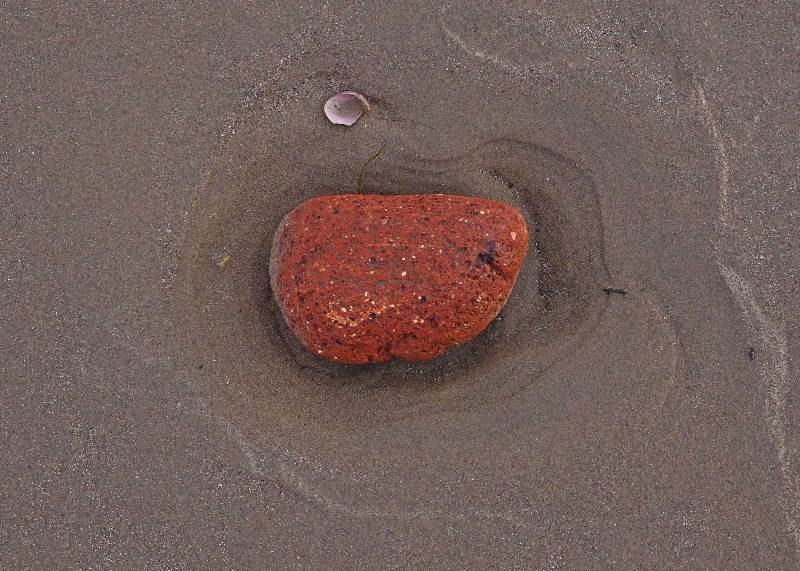Standing on a windy corner of Ku'damm in Autumn
/By Emily Richards:
It is six o'clock in the evening and I am waiting for a bus because I chose to miss the last one. Here at Olivaer Platz in Berlin, as the people run out of their offices to jump on buses, speed across lanes in their shiny black BMWs, or swerve on their bikes through traffic in their anxiety to be home, I am unable to move, mesmerised by this autumn evening. I have passed through this place, one of the busiest in Berlin, at different times and for different reasons for twenty-five years now. Once it was strange to me. Then, it was home. Now it is strange again.
It is not yet dark but there is a haze upon the air, and some of the street-lamps are already glowing silvery-bright. The autumn light turns from gold to a translucent pallor, tinged with the colours of the red, gold and brown leaves swirling in the wind. The flowers on the corner of the Platz, planted in a gesture of beauty amidst noisy traffic, still grow in green profusion, though a dimness is settling over them as evening falls. They are the first to lose their outlines in the twilight; the first to be overlooked as our faces turn towards clocks, mobile phones, LED displays to see if it's hometime yet, so that the longing which has built in us all day can be released like the tension on a trigger.
But I won't be going home just yet. I'm kept here almost against my will by the fading light, by the faces of Berlin that pass me by one by one and look at me for longer than English faces would, on this evening, two days after the general election. In the election, a radical right-wing party gained over a quarter of the vote in parts of Germany, and thirteen percent overall. I look at each person who walks, ambles or hurries past, and their faces look different to me.
I never noticed how misshapen and worn a human face can look. Sagging skin, stooped shoulders, a grimacing mouth; orange blusher scarring the too-pale face of a middle-aged woman who plunges in uncomfortably high shoes to her next appointment. Her head's skewed around awkwardly to pin her mobile phone to her shoulder as she talks into it, gesturing vaguely, staring at nothing. A tall, elderly woman with thinning brown hair and feet too plump for her old black shoes walks as stiffly as if on stilts, slowly raising each foot high above the pavement before grinding it back down. A younger woman with half-shaved head, dressed entirely in black with wide Cossack-style trousers and Russian boots, walks boldly past, but her clothes are dusty, nearly grey in places. A young man ambles in front of me, dark hair closely gelled to his scalp, eyes glued on the tightly-clad bottom of the young, hard-faced woman ahead of him, whose heavy gait is disconcertingly masculine for someone with such a bleached-blonde ponytail and such conventional make-up. Her double chin sags and the lines around her eyes crease as she swings her head round, shouting into her phone. An old man – but surely he's not much older than I am! – with a loose mouth, a white fringe of hair and a red nose stands for minutes in front of a rubbish bin, staring into it, looking for bottles he can take away and turn into money; then he looks around swiftly, bends to the ground and snatches up a fag-end before swinging away, arms flopping wide and uncontrolled in his badly-fitting beige jacket.
There is a sense of dissolution in the air.
The summer dissolves; the outline of the Ku'damm, of its buildings, buses, lamp-posts and cars, seems to dissolve in the haze of this autumn evening, in the rustle and whisper of the leaves moved by the wind. Before my eyes, the safety I once found here dissolves too. The reassuring, orderly security of these middle-class Germans loses its outline in the dusk, their aspirational Wirtschaftswunderland revealing itself as the illusion I should have known it to be. I did know it, really. But the shared illusion was a comfort, and, as such, transcended its own illusory nature to demonstrate its greater truth: that security, beauty and order all matter, and that those who are denied them or have lost them or mistrust them will turn to more dangerous illusions of their own; for example, that rejecting everything outside your own culture and experience will keep you safe. In this way they remove safety for everyone, not least themselves. For what if one day their fellow voters turn to them and say, "But you had a foreign grandparent did you not? You were once kind to a refugee, we hear." Then you too will be cast out. This is what happens. But by then you'll have done your damage, and it will be too late to be sorry.
Yet nonetheless, on this autumn evening, the wind whispers to me that something is stirring, something is afoot, something is changing. And I prefer this in the end. I prefer it, though I don't know what it is, what it will demand of me, what it will do to me.
And now here is my bus. And like all Berliners I might be foolish enough to miss a bus once, but I won't miss it twice. For who knows when the next one will arrive? Who knows when I'll be home.
You can read more from Emily on her blogs The Castle Captures Me and Boring in Berlin.











